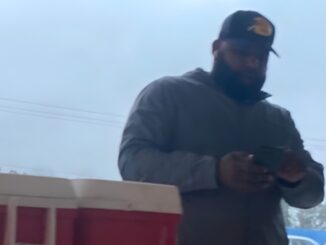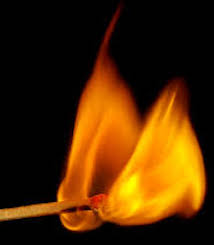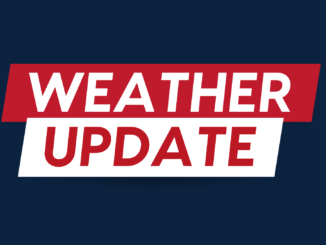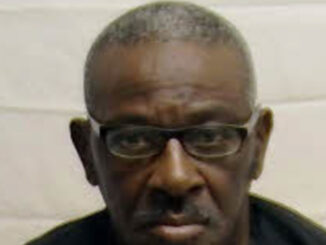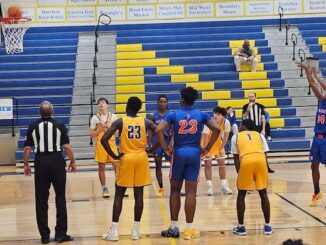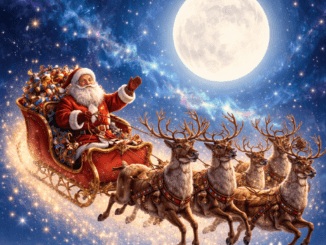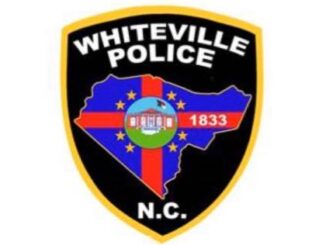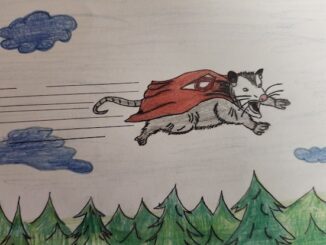
Sometime in the next few days, the ritual will begin.
The worn, comfortable and nearly threadbare surplus pants and the facing camouflage shirt are already clean. I likely will note how I should replace at least one of the laces in my snakeboots this year. I’ll once again bemoan the condition of my favorite hunting hat, a camo broadbrim that Miss Rhonda searched high and low to find for a Christmas present over a decade ago.
I’ll pull out ungainly old bolt action, along with the over-under .22 magnum/20 gauge, and apologize for not spending more time with them since last winter. They are both very forgiving, being old hands at this game called dove season. They’ll be stripped and cleaned, then reoiled, any errant spot of rust attacked with a copper penny wrapped in a cleaning patch.
I’ll count shells; the only good thing about not having enough time or flexibility to hunt much is that I always seem to have plenty of No. 7 ½, 20 gauge rounds on opening day. There was a time when I would have been counting pennies and dimes, scrabbling for an extra yard to mow or early leaves to rake, so I could furiously pedal my bike to the store for one or two boxes of No. 6 or 8 field loads. Sadly, I now just have to scrabble under the seat of the truck if I don’t want to open one of the new boxes left dusty from a season or two past.
Dove season never gets the respect it deserves, yet I know of very few folks who didn’t cut their teeth on mourning doves, and even fewer who don’t head out to a convenient corn field when the season begins. My waterfowling friends are all about the ducks, as my deer hunting friends are spending hours bowshooting at backyard targets, sighting in rifles or deciding which hounds will lead the pack this year. The bear hunters will sniff in disdain, since they wait until November to get excited. My coonhunting friends have already been training the new pups, despite mosquitoes and snakes and the sheer misery of a Southern swamp in summer.
I understand their passions, and indeed share some of them.
I just happen to love dovehunting.
I didn’t go on a real solo dove hunt until nearly ten months after I got my first shotgun. I spent months learning to shoot, reload and clean that old imported single, given to me as an early Christmas present, bought for the princely sum of $49.95. There was nothing special about it, but it was special to me. The stock was some kind of hardwood, the barrel 28 inches long with a tight full choke, and the sides decorated with fancy scrollwork, a surprisingly nice touch, like fancy tack on a plowmule. It handled so well that it surprised the adults who taught me how to shoot, be a sportsman and not get myself or anyone else killed.
We lived on the edge of town, and the nearest cornfield was an easy walk for a young boy and his dog, even when loaded down with a bag of lunch, canteen and two or three boxes of shells. I had scouted my spot weeks in advance, feverishly waiting for the corn to be harvested.
The owners of the property basically allowed anyone to hunt there if they behaved themselves, without formally asking permission. It was a different time, to say the least. There were a few other hunters scattered around, far enough away that we weren’t worried about dropping shot on each other. I unfolded my camp stool, ripped the top off a box of shells like a seasoned hand, and checked my drug-store Timex about twenty times as the hands slowly inched toward noon.
At 11:58 I dropped a shell in the chamber and closed the action.
At high noon, the start of legal shooting, I tensed up and began looking for the hundreds of birds that would fly by my post under a gum tree, lining up so I could pick my legal limit of 12 and return home a hero.
I think it was around an hour later that the first bird rocketed past at the speed of sound. Someone across the field fired one shot, but the bird safely made it past.
A few minutes later, another bird blasted past, still out of range for me. One of the hunters at the end of the field may have dropped it.
You could hear the far-off booms of shotguns farther down the railroad track; it took me a few minutes before I realized one could follow the possible path of incoming birds by listening to the gunfire. I was in a bit of a sensory overload, since I was trying to listen to the gunfire across the woods and beyond the pond and on the edge of my field while watching approximately a thousand acres of blue September sky for a tiny gray dot that might come within range. My dog Dudley had no such problems with tension and apprehension. He got bored, and dug a hole in the cool dirt under the gum tree. In a minute or two he was snoring.
I was looking the wrong way when a shotgun’s bark at the other end of the field made me turn my head. I could see a gray dot wheeling and turning toward me. There was another shot, but that one missed as well.
Trying to control my breathing, I went to a ready position, trying to remember everything C.A. McLamb, Larry Gregory, Woody Eason and my uncle had taught me. It would be coming in at a slightly oblique angle, and I knew I could make the shot. My thumb rested on the hammer, and when I could see details, I brought the gun to my shoulder and fired.
I missed.
The bird was beyond the treeline before I could get another shell into the chamber. Seemingly out of nowhere, two more birds crossed from my right. I had a bad case of buck fever, and both escaped unscathed. I remember seeing the wad and shot cup from my round fluttering to the ground behind them.
It was late in the afternoon and toward the end of the second box of shells before everything clicked. The sky was almost painfully blue over the gold of the cornfield when I began leading them better, “shooting where they ain’t,” as the saying goes. I didn’t hit the limit that day, but I took down three. Dudley even forgave me for ruining his nap, gave in to his retriever instincts and brought two of the three back.
We walked home in a glorious September sunset, my shotgun open over one shoulder, richly redolent with the smell of gunpowder. There would be some days when I brought home more birds, and more when I brought home fewer, but there would never be another day like that one.
Dudley of course is gone now, buried nearly 40 years ago beside another cornfield we hunted. The stock on my first shotgun broke two and a half decades back, and finding a replacement has been a futile task. The fancy gold dust on the sides has faded with time. I can’t even think of walking a mile or more down a dirt road anymore without hurting.
Hopefully, prayerfully, I’ll be back out beside a field next week, at a spot I know that is walking-stick friendly. I won’t have a dog to bring the birds back to me.
But even if I don’t bring home supper, I’ll be a kid again for a little while, on the first hunt of thousands, beside a golden field under a bright blue sky, with a Boy Scout canteen and a bag lunch, forgetting the sad times, and reveling in the memories of shooting where they ain’t.




